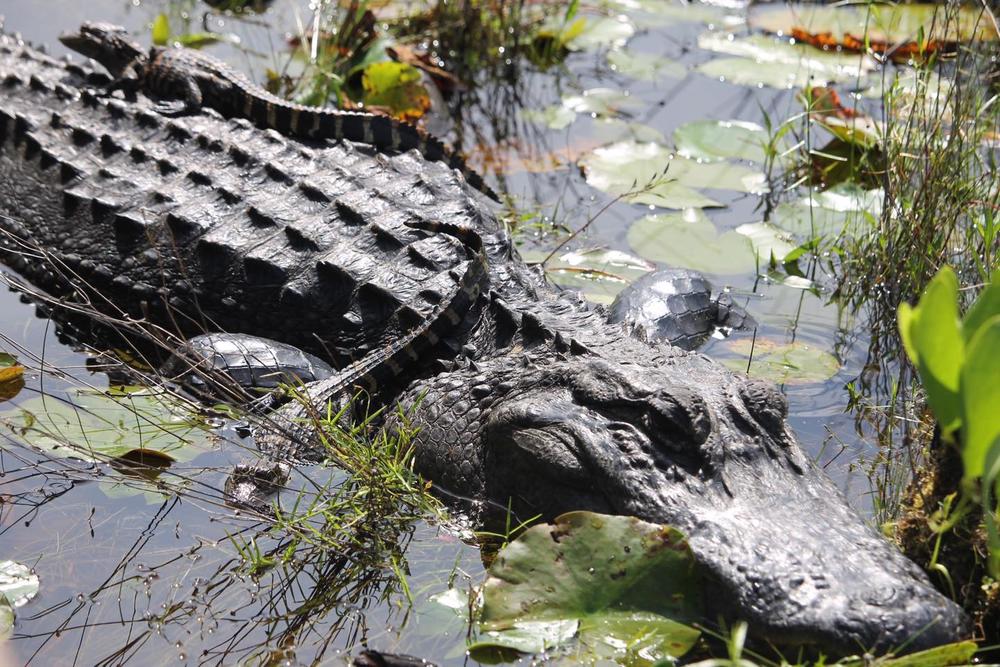
Caption
The Felician Sisters are invested in Chemours, the spinoff of Dupont that mines and processes mining products like the titanium dioxide at Trail Ridge, just miles from the largest blackwater wetland in North America.
Credit: Okefenokee National Wildlife Refuge/via Facebook



